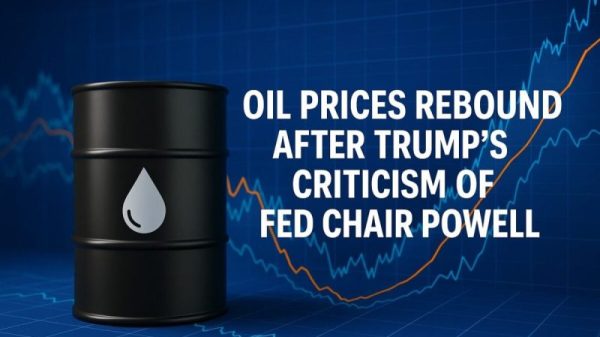Investing in Commodities: An Overview of Physical and Derivative Markets
Investing in commodities can be a lucrative venture for those looking to diversify their investment portfolio. Commodities are raw materials or primary agricultural products that can be bought and sold on physical or derivative markets. Physical markets involve the buying and selling of actual goods, such as gold, oil, or wheat, while derivative markets involve trading contracts that derive their value from the underlying commodity.
When investing in commodities, it is important to understand the differences between physical and derivative markets. Physical markets involve the actual exchange of goods, which can be stored, consumed, or sold for profit. Investors can purchase commodities such as precious metals, energy products, or agricultural goods and hold onto them until the price rises, allowing them to sell for a profit.
On the other hand, derivative markets involve trading contracts that derive their value from the underlying commodity. These contracts can be futures, options, or swaps, which allow investors to speculate on the price movements of commodities without actually owning the physical goods. Derivative markets can provide investors with leverage, allowing them to take on larger positions with less capital.
Overall, investing in commodities can be a risky but rewarding venture for those looking to diversify their investment portfolio. By understanding the differences between physical and derivative markets, investors can make informed decisions on where to put their money and potentially profit from the fluctuations in commodity prices.





















